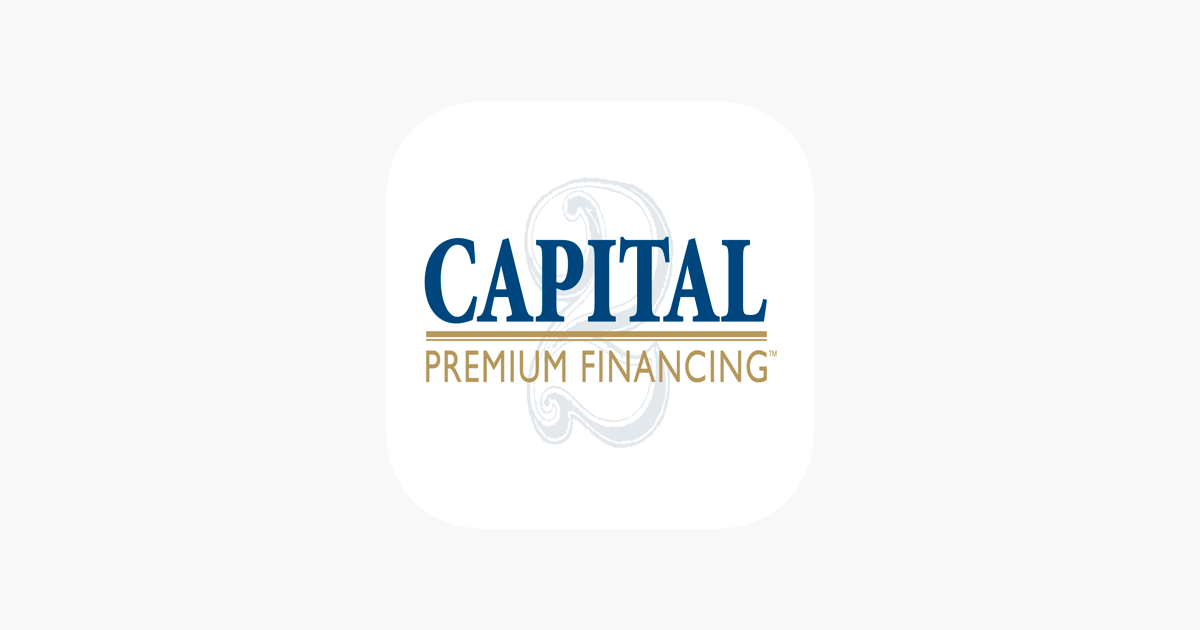In wealth management and financial planning, capital premium finance has emerged as a strategic tool for individuals and businesses seeking to secure high-value life insurance policies without disrupting their cash flow or depleting liquid assets. By leveraging this innovative financing solution, policyholders can maximize the benefits of life insurance while maintaining financial flexibility. In this article, we will explore the concept of capital premium finance, its benefits, how it works, and key considerations for those looking to utilize this strategy.
What Is Capital Premium Finance?
Capital premium finance is a financial solution that allows individuals or entities to borrow funds to pay the premiums on high-value life insurance policies. These policies often involve substantial premium amounts, which can be a burden for individuals or businesses with significant but illiquid assets. Instead of paying these premiums out of pocket, the policyholder secures a loan from a financial institution or specialized lender to cover the cost.
This approach is particularly useful for high-net-worth individuals (HNWIs), business owners, and corporations that seek to protect their wealth or provide financial security to their beneficiaries while preserving their working capital. Through capital premium finance, policyholders can maintain liquidity, invest their capital elsewhere, and ensure uninterrupted coverage.
Why Is Capital Premium Finance Gaining Popularity?
Several factors contribute to the growing popularity of capital premium finance, particularly among affluent individuals and business owners. These include:
1. Preserving Liquidity
High-value life insurance premiums can be prohibitively expensive, often requiring significant upfront payments. By utilizing capital premium finance, policyholders can avoid tying up their cash or selling off assets to pay premiums. Instead, they can preserve liquidity for other investment opportunities or operational needs.
2. Leveraging Low-Interest Rates
In many cases, premium financing loans are structured with competitive interest rates. Policyholders can take advantage of these rates to secure life insurance coverage without incurring a significant financial burden.
3. Tax-Efficient Wealth Transfer
Life insurance is often used as a tool for estate planning and wealth transfer. With capital premium finance, individuals can secure large policies that ensure their beneficiaries receive tax-efficient payouts, all while minimizing the upfront costs.
4. Flexibility in Financial Planning
This strategy allows for more flexible financial planning. Instead of depleting cash reserves to pay premiums, policyholders can use financing to spread out costs over time, aligning their insurance strategy with broader financial goals.
How Does Capital Premium Finance Work?
The mechanics of capital premium finance involve several key steps:
Step 1: Policy Selection
The policyholder selects a high-value life insurance policy, often one that requires substantial premiums. These policies are typically chosen for their ability to provide significant death benefits or cash value accumulation.
Step 2: Loan Application
The policyholder works with a lender to secure a loan to cover the insurance premiums. Lenders specializing in premium finance assess the borrower’s creditworthiness, financial standing, and the structure of the policy before approving the loan.
Step 3: Collateral Requirements
To mitigate risk, the lender may require collateral. This collateral could include the cash value of the life insurance policy, other liquid assets, or personal guarantees from the borrower.
Step 4: Premium Payments
Once approved, the lender pays the premiums directly to the insurance company. The policyholder then repays the loan over time, often with interest, based on the agreed-upon terms.
Step 5: Policy Maturity
When the policy matures or when the insured passes away, the death benefit can be used to repay the loan, with the remaining proceeds distributed to the beneficiaries.
This structure ensures that the policyholder can secure coverage without immediate financial strain, while the lender benefits from a secured loan arrangement.
The Benefits of Capital Premium Finance
Capital premium finance offers a host of benefits that make it an attractive option for high-net-worth individuals and businesses:
1. Access to Larger Policies
By financing premiums, policyholders can afford larger life insurance policies than they might otherwise be able to secure. This is particularly advantageous for estate planning, business continuity, or funding buy-sell agreements.
2. Increased Investment Opportunities
Rather than using cash to pay insurance premiums, policyholders can keep their funds invested in other opportunities that yield higher returns. This allows them to grow their wealth while ensuring comprehensive coverage.
3. Risk Mitigation
For businesses, capital premium finance can serve as a safeguard against unexpected events. Key-person insurance, for example, ensures business continuity, and financing the premiums keeps resources available for operational needs.
4. Tailored Financial Solutions
Premium financing arrangements can be customized to meet the specific needs of the borrower, offering flexibility in repayment terms, interest rates, and collateral requirements.
Key Considerations for Capital Premium Finance
While capital premium finance is a powerful tool, it is not without risks and considerations. Policyholders should carefully evaluate the following factors before proceeding:
1. Interest Rate Risk
Interest rates on premium finance loans can fluctuate, which may affect the overall cost of borrowing. It’s essential to work with financial advisors to assess the impact of variable rates.
2. Loan Repayment Obligations
Failure to meet loan repayment obligations can result in the loss of collateral, including the life insurance policy itself. Policyholders must ensure they have a robust repayment strategy in place.
3. Policy Performance
If the life insurance policy underperforms or fails to generate the anticipated cash value, it may impact the borrower’s ability to repay the loan. Understanding the terms and expected performance of the policy is crucial.
4. Tax Implications
While life insurance offers tax advantages, the use of premium financing may introduce additional tax considerations. Consulting with tax advisors is essential to ensure compliance and optimize the financial structure.
Who Should Consider Capital Premium Finance?
Capital premium finance is best suited for high-net-worth individuals, business owners, and corporations with the following characteristics:
- Substantial illiquid assets, such as real estate or investments, that they wish to preserve.
- A need for high-value life insurance policies to support estate planning, business succession, or charitable giving.
- The financial capacity to manage loan repayments and associated risks.
If you fit these criteria, premium financing could be a viable option to secure life insurance coverage without compromising your financial position.
Conclusion
Capital premium finance is a sophisticated financial strategy that offers a pathway to secure high-value life insurance coverage while preserving liquidity and maintaining financial flexibility. By leveraging this approach, policyholders can align their insurance needs with their broader wealth management objectives, ensuring peace of mind for themselves and their beneficiaries.
However, as with any financial decision, it is crucial to conduct thorough due diligence and consult with qualified advisors before pursuing premium financing. Understanding the mechanics, benefits, and risks will empower individuals and businesses to make informed choices and maximize the potential of capital premium finance. Whether for estate planning, business continuity, or investment opportunities, this innovative solution continues to be a valuable tool in the arsenal of modern financial planning.



